Mount Nantai, over 7,000 feet above the northern shore of Lake Chuzenji, casts a perfect Mount Fuji-like shadow over the tranquil waters. At sunset, the south side of the volcano turns a beautiful, vibrant pink. It took me a day to hike to the top and back, and in all that time I didn’t encounter another soul.
I’m in Nikko National Park, in Japan’s Tochigi Prefecture, at the foot of three sacred peaks collectively known as Nikko Sanzan. The village of Okunikko remains eerily quiet as I enjoy a cup of sweet-smelling tea outside one of the many rustic cafes overlooking the lake. I’m just over two hours from central Tokyo, but remarkably, I have the place to myself.
That soothing sense of isolation certainly wouldn’t have been the case had I been drinking tea under the real Mount Fuji, where the crowding problem has forced Japan’s Ministry of Tourism to implement an “overtourism prevention plan.” The plan aims to lure visitors away from tourist hotspots such as Kyoto, Osaka and Fuji to lesser-known rural areas such as Tochigi.
Nikko National Park has largely escaped the worst of the crowds thanks to the foresight of the monks who own much of it. They consider the land sacred and have strict building regulations, limiting the size and number of hotels. While the restrictions have helped maintain a sense of being off the beaten track, the region is struggling economically, so it is hoped the government initiative will bring some more investment. Those who venture here will be richly rewarded.
The town of Kinugawa, 20 minutes from the national park, has not shown the same caution when it comes to attracting tourists. During Japan’s boom in the 1970s and 1980s, wealthy residents of Tokyo flocked there to enjoy the volcanic hot springs (onsens). There was a wave of hotel construction, but when the recession hit Japan in the 1990s, Kinugawa suffered more than most. Much of the Kinugawa River is now lined with the gigantic rusting remains of once bustling resorts. The authorities don’t know what to do with it. A few hotels have managed to hold on, but the lack of visitors suggests their days may also be numbered.
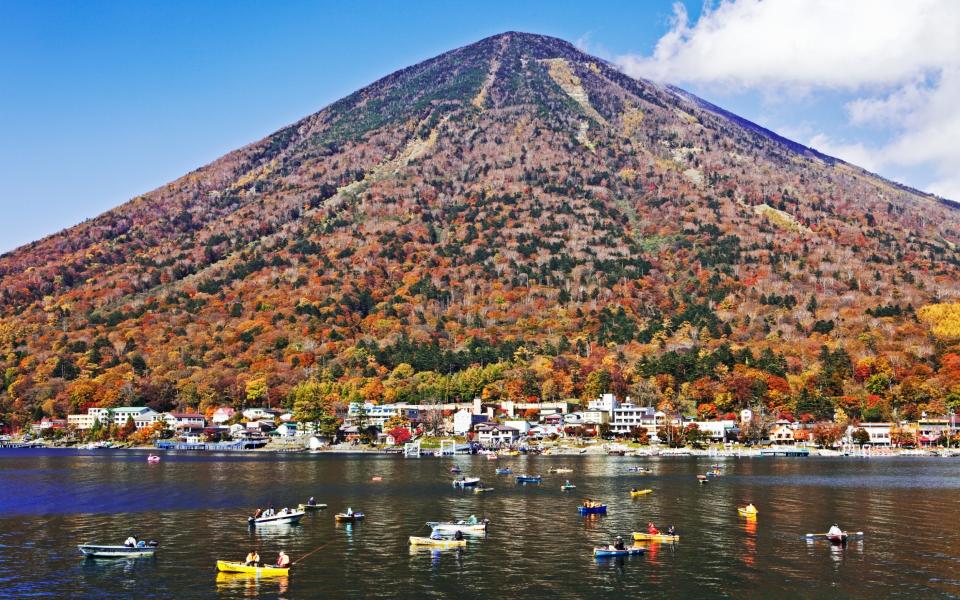
The young migrant worker at one of those behemoths told me that of the hundred or so available rooms, only nine were currently occupied. At another towering riverside guesthouse, I waited at reception to discover the place had long been abandoned; the owners had simply forgotten, or had no trouble, locking things up. As I wandered the haunted hallways, it felt like the Marie Celeste was making the crossing The shining‘s Overlook Hotel. Even the dusty dining tables were set for a meal that never arrived.
The faded brutalism of Kinugawa has become an attraction in itself and I found the desolation almost charming at odds with the beauty of the surroundings: all monkey-inhabited mountains, flowing waterfalls and acres of pink cherry blossoms. I even came across a bear looking for food along the river path.
For accommodation, I recommend taking the short cable car to the stylish, ultra-modern Kinugawa Kai resort hotel, an oasis of minimalist tranquility where you can view the carefully landscaped gardens from the comfort of your own onsen.
Thanks to the monks, the charming town of Nikko – about two hours from Tokyo by train – has been spared the architectural catastrophe that awaits Kinugawa. The stylish Fufu Nikko resort, with its own lush gardens, is just a short walk from the 17th-century Shinkyo Bridge, which provides access to the area’s main attraction, a vast complex of remarkably well-preserved shrines and temples that are on the World Heritage List. Site status since 1999.
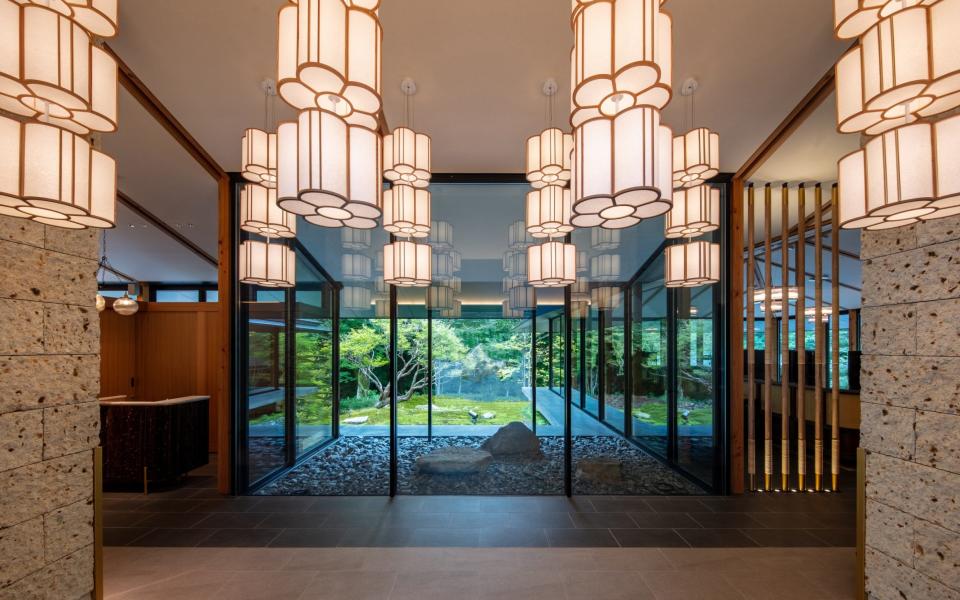

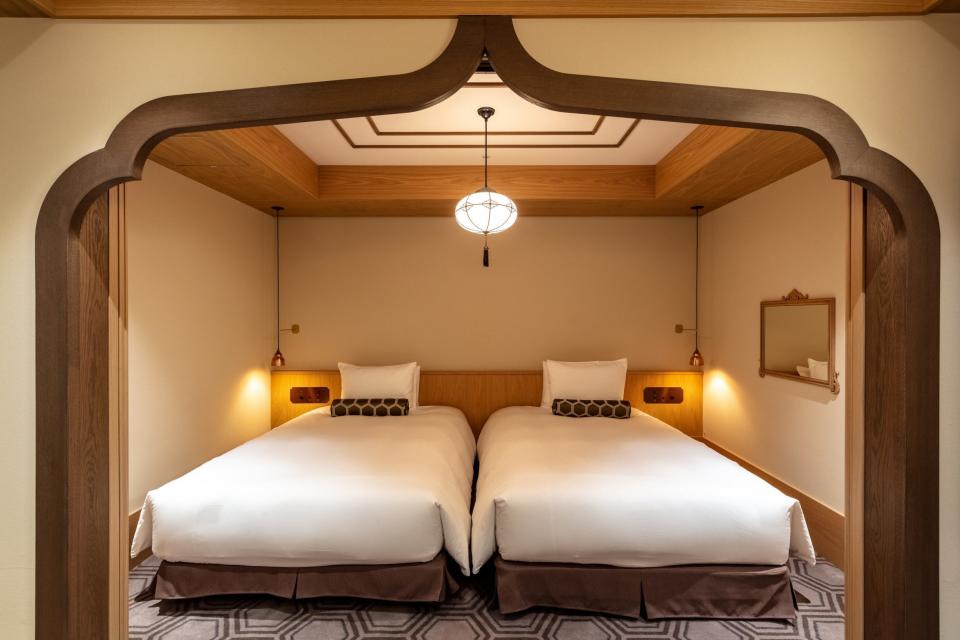

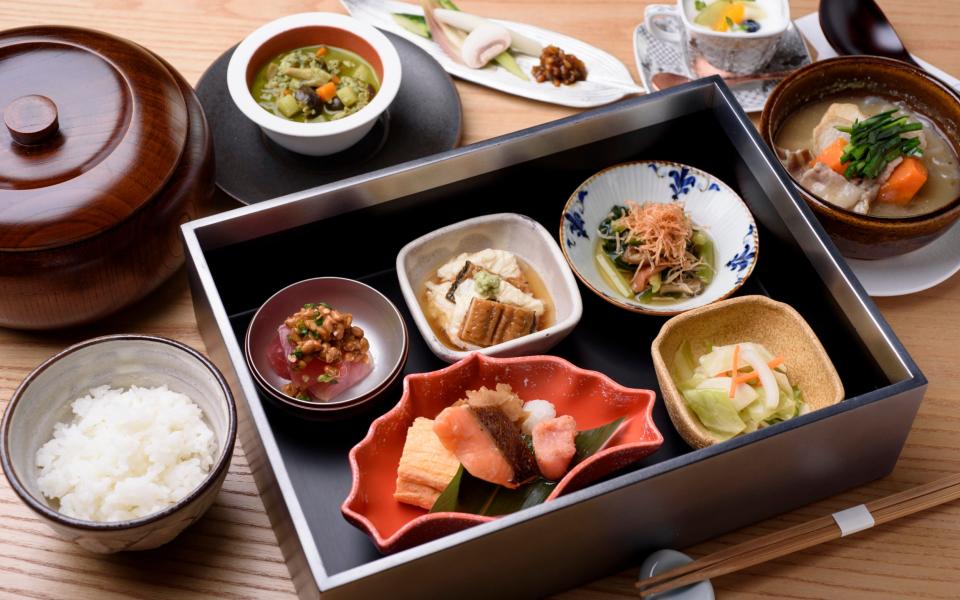

Built during the Nara period (710-794 AD), the Hongu Shrine is one of the oldest and most beautiful, with its undulating roof and delicately carved red and gold friezes. Legend has it that 127,000 skilled craftsmen worked to build the Nikko Toshogu Shrine, built during the Edo period in honor of the famous shogun Tokugawa leyasu. Note the cheeky motif of the three wise monkeys carved into the frieze.
The site can be busy at certain times of the day, but not in the same suffocating way that has become a problem elsewhere in Japan. Whether the new initiative from the Ministry of Tourism will change remains to be seen.
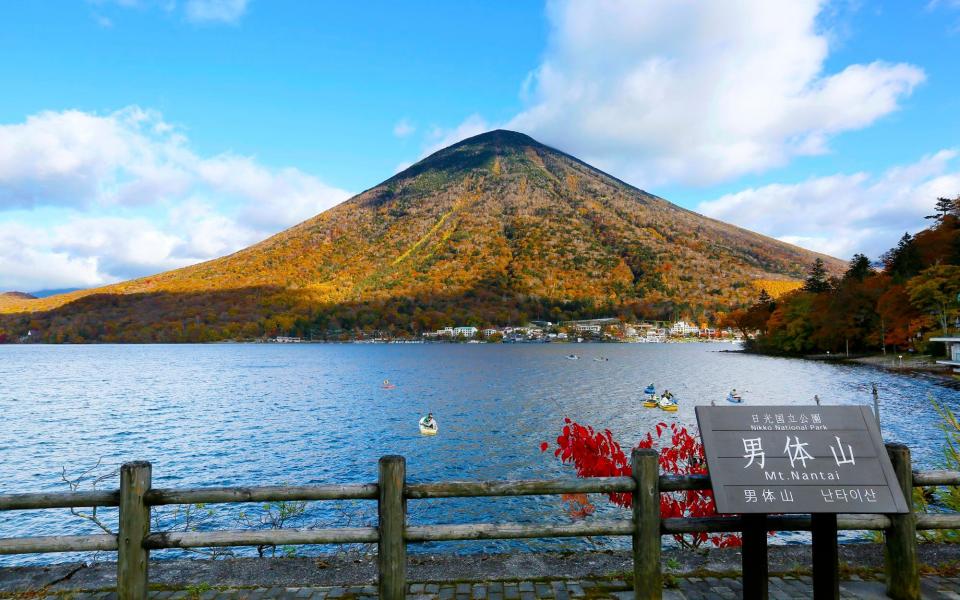

I spoke to locals to get their opinions on their government’s plan to attract more tourists to Tochigi. An elderly Nikko resident wanted building restrictions to remain in place. “You saw what happened to Kinugawa,” he said. “I remember before the hotels arrived it was such a magical place. Now look at it.” An American expat and his Japanese wife who lived in nearby Okunikko told me about their concerns about plans to build a Hyatt hotel on the shores of Lake Chuzenji: “We love how quiet it is here is and are afraid that this holy place will be destroyed if mass crimes occur. Tourism can take off.”
During my stay in Tochigi, I didn’t meet a single other European traveler, and many attractions, like Nikko’s fascinating 19th-century sake brewery and the picturesque Kegon Waterfall, left me virtually in charge of the place. If Japan’s overtourism plan goes as planned, Tochigi could soon become another major tourist destination, so my advice would be to enjoy the peace and quiet while you can.
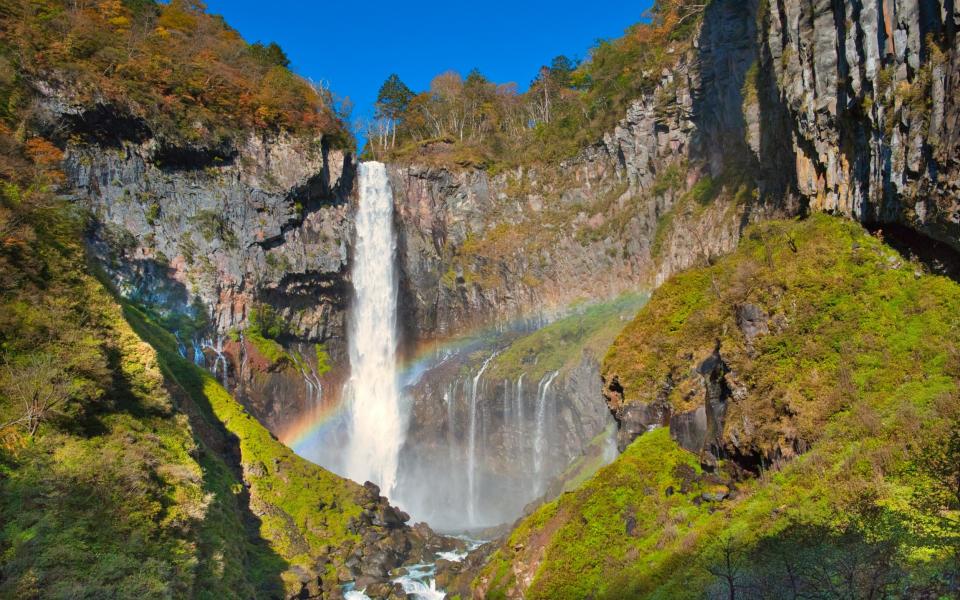

Tochigi supplies
James Innes-Smith was a guest on Finnair, which flies to Tokyo Haneda via Helsinki, with economy fares from £486, premium economy from £1,381 and business class from £3,316. Due to the closure of Russian airspace, planes bound for Tokyo are being diverted via the North Pole, increasing flight times by about four hours. So you may want to consider upgrading to Business Class.
Trains connect Tokyo’s Asakusa Station with Nikko and Kinugawa. A Nikko “All Area” pass (from £21) offers four days of unlimited train and bus travel in the region, but you’ll need a car to visit more remote locations such as the abandoned mining town of Ashio, one of many in the region. region that saw a mass exodus after copper demand dried up in the 1970s. Today it is a hauntingly beautiful, but somewhat tragic place, with narrow streets and only a handful of inhabitants. The mine closed in 1973, but you can tour the claustrophobically narrow tunnels.
James has been a guest at the Ritz Carlton Nikko (doubles from £660), Kinugawa Kai (doubles from £104), Omo3 Asakusa Tokyo (doubles from £93), Omo5 Otsuka Tokyo (doubles from £83) and Fufu Nikko (doubles from £83) and Fufu Nikko (doubles from £477).
Spring is the perfect time to visit. Even the crumbling hotels of Kinugawa take on a poetic grandeur all their own.